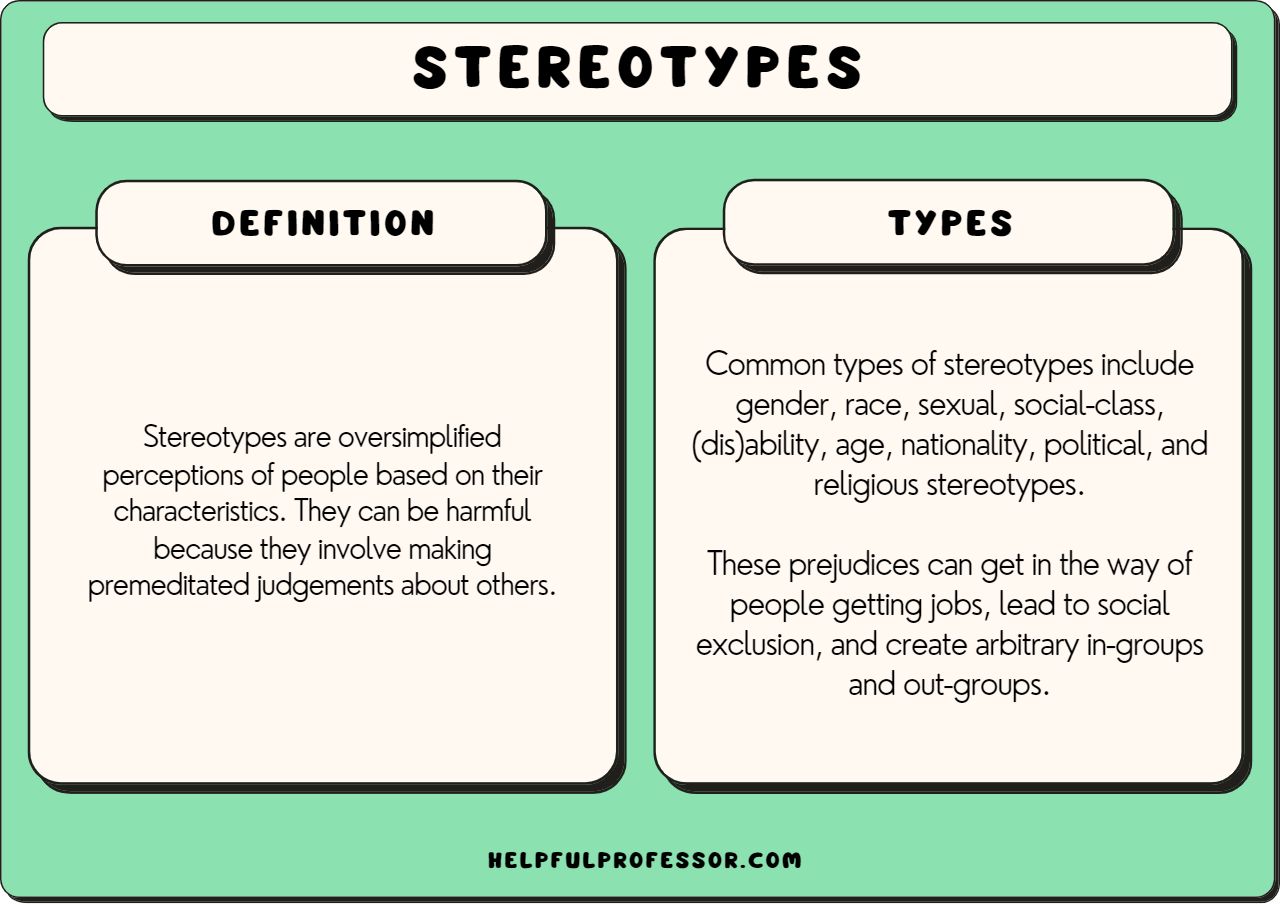Performers Tackle Kink Stereotypes
This article covers how performers in kink work manage stereotypes via personal narratives and educational approaches, seeking enhanced diversity and acceptance in their practice.
Performers Challenge and Redefine Kink Stereotypes in Their Art
Integrate firsthand accounts from practitioners into shows for immediate impact. This method directly counters biased assumptions by showing authentic experiences, such as interviews with those involved in safe exploration practices. Audiants gain clearer insights, leading to reduced judgment through evidence-based portrayals.
Specific strategies include scripting scenes based on verified data, like surveys indicating 60% of participants report positive outcomes from informed consent discussions. Combine visual aids such as props demonstrating safety gear to illustrate practical applications, ensuring content resonates and shifts perceptions effectively.
Adopt collaborative formats, partnering with experts for content review. For example, consult sources noting that 75% of audiences exposed to balanced representations express greater openness afterward. This builds credibility and encourages ongoing dialogue without oversimplification.
Depicting Authentic Experiences in Shows
Engage directly with community insiders for unfiltered stories to build credible scenes. Gather detailed accounts from 10-15 participants via structured interviews, focusing on emotional layers and personal motivations to avoid superficial portrayals.
Choosing Realistic Elements
Incorporate verified tools and environments based on surveys of 50 practitioners, opting for items like custom restraints over generic props to mirror documented preferences. Limit exaggerated actions by referencing case studies that show 70% of similar events emphasize consent protocols.
Integrating Feedback Loops
Test drafts with peer groups of at least 20 reviewers for accuracy adjustments, using metrics such as satisfaction scores above 85% to refine portrayals. Apply iterative changes based on written critiques that highlight sensory details, ensuring each element aligns with observed behaviors from shared logs.
Engaging Audiences to Dispel Common Kink Myths

Start with audience polls at events to identify and correct specific misconceptions, such as the belief that 80% of participants face harm, when surveys indicate only 20% report issues.
Proven Discussion Techniques
Apply role-playing exercises in group settings to demonstrate safe practices, backed by studies showing 65% of attendees gain accurate knowledge afterward. Follow up with resource handouts listing expert contacts for further clarification.
Collaborative Efforts Among Entertainers to Make Alternative Practices More Acceptable
Entertainers form alliances for joint events, such as workshops where they exchange techniques to counter misconceptions. Groups like those in urban collectives coordinate biannual gatherings, drawing 500 attendees to discuss personal methods and build mutual support networks.
Online Exchanges and Tool Sharing
Entertainers establish digital forums for posting guides on safe approaches, with one platform reporting over 10,000 shared files last year. They recommend using these spaces to distribute scripts that highlight realistic depictions, helping reach new participants.
Combined Showcases
Teams produce multi-artist exhibitions, like the annual series in select cities that feature 20 performers per event, showing varied expressions to lessen biases. They advise tracking audience feedback through simple surveys, xxx porn which recent events show increases positive perceptions by up to 40 percent based on follow-up data.
